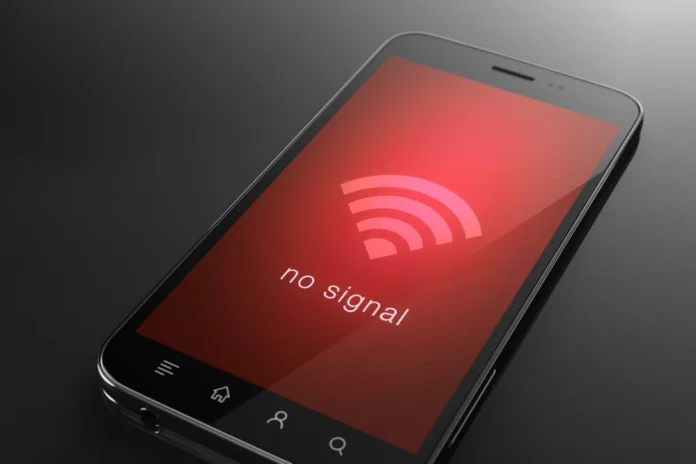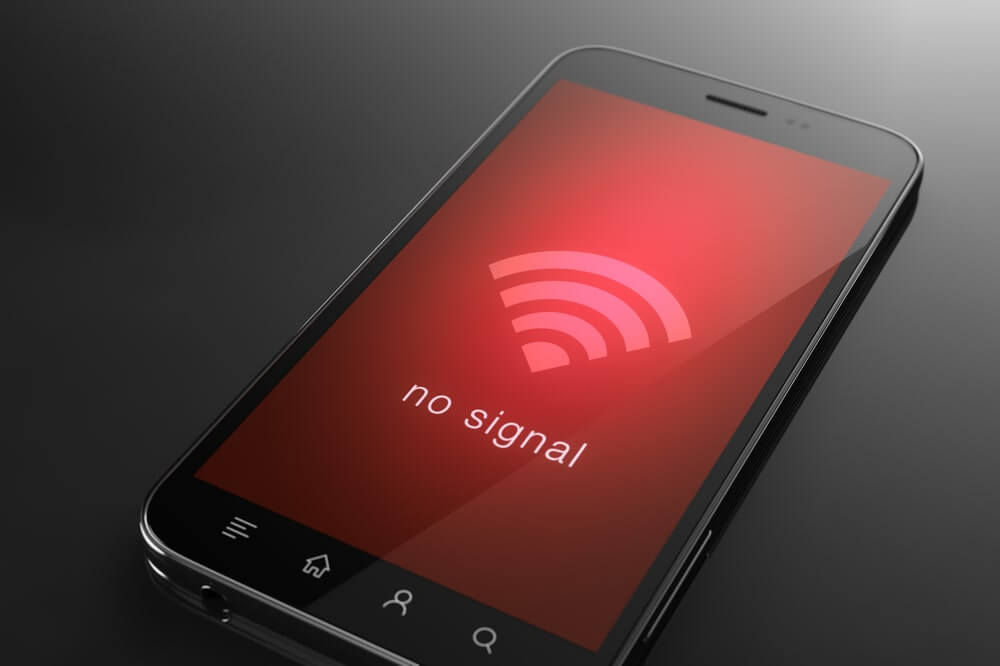
Our modern lives rely on constant streams of data travelling through the air. Both mobile phone signals and Wi-Fi signals come down to radio waves, and radio waves can be partially or completely blocked by some types of building materials. This is why you can hold your phone up in your garden and get an excellent signal, but go inside and struggle to get any reception at all. It’s easy to deduce that something in the structure of your home interferes with the radio signals that carry Wi-Fi and phone traffic. We know bad weather can affect your signal but which materials are most responsible for your reception troubles?
Mobile phone signal boosters can overcome all these issues , but it’s important to understand the reasons why signal can be blocked. Just to emphasize once more before we get started, mobile signals and Wi-Fi signals face essentially the same transmission challenges. While the exact band your devices use can make a slight difference in signal reception, all of the attenuation figures for building materials provided below generally apply to all Wi-Fi and mobile phone signals.

Fibreglass Insulation
Fibreglass insulation is a very porous, very lightweight building material. If it is installed in thick enough layers, though, it can have a slight disruptive effect on wireless signals. This effect becomes more pronounced if your home is insulated with a foil-faced product. Foil is sometimes applied to solid foam insulation as well as fibreglass batting; the intent is to improve your home’s heat retention. Very thick or foil-faced insulation can reduce Wi-Fi and phone reception by -2db. This means that a strongly-insulated exterior wall can attenuate mobile phone signals including 5G coming into your home to a significant degree.
Plasterboard
Plasterboard (also known as gypsum board or wallboard) is one of the building materials that interferes the least with wireless signals. It does still provide enough interference to block an already-weakened signal. Plasterboard construction can lead to signal fluctuations on the order of -2db. Note that the signal-blocking effect can be significantly greater if you are inside a fully-enclosed room with plasterboard walls rather than behind a single wall in a space that is otherwise part of an open floor plan.
Wood
Plywood is a common structural material in many sorts of residential construction. Plywood is remarkably good at soaking up radio waves, causing attenuation of -6 to -9db. The difference in interference depends on the exact composition of the plywood product and its overall thickness. Note that plywood also causes greater interference if it is waterlogged – but of course, wet plywood is a more serious problem in itself than bad phone or Wi-Fi reception!
Natural woods have a similar signal-blocking effect that can be more or less severe than plywood depending upon the type of wood. Both the thickness and density of natural wood planking affect its ability to interfere with signals. Losses range from -5 to -12db, with softwoods (e.g. pine) in thin sheets causing the least amount of interference.
Note that wood materials are most common in a home’s floor assemblies. This means wireless reception will suffer significantly if there are multiple floors between the receiving device and the point of transmission.
Glass
Because glass is visually transparent, we all have a natural tendency to assume that windows let in phone and Wi-Fi signals the same way they let in light. The truth of the matter is that glass is remarkably good at scattering or reflecting a radio signal. Multiple panes of glass in a window unit cause more interference; double or triple-glazed windows can block signals worse than single-glazed windows. Modern windows with emission-reducing (Low-E) coatings deflect even more signal. As a general guideline, you can expect to see roughly -4db in signal fluctuation from a window. This doesn’t mean that stepping up to a window is necessarily a bad idea when you want better reception. To get an improved signal, just remember to open that window!
Masonry
Stone, brick, and tile have been extremely popular building materials for centuries, and they’re unlikely to fall out of favour anytime soon. They’re tremendously durable and hold up terrifically well against the elements. Unfortunately for modern residents, masonry materials are also extremely good at blocking radio waves. While overall attenuation depends heavily on the thickness of a masonry wall and the details of its construction, a decent general estimate is that such a wall will cause up to -28db of attenuation.
Metal
The signal-disrupting abilities of other building materials, even stone, pale in comparison to that of metal. This is the number one champion signal disruptor. Any metal sheathing material (particularly, in residential building, a metal roof) on the exterior of a structure will route wireless signals away from the interior. Metal structural elements within a building (e.g. metal studs) can attenuate signals, too. Signal loss inside a home with significant metal components can go as high as -50db, a level which would essentially turn your home into a dead zone.
Testing Signal Strength
Remember that when testing the network coverage in your building, using a single mobile is a bad idea. There are so many phone manufactures, all with different power levels and build quality that to get a good indication you really need a professional with right equipment.
Conclusion
So there you have it! Now you know which material disrupts your signal the most. So keep this article in mind when you’re trying to get a decent signal in your house the next time. You want to read more about possible ways to boost your signal read this article about mobile phone signal boosters.
Shop Mobile Signal Boosters
For Domestic Boosters Check Out Our Partner Site.

We deal in Ofcom approved and Ofcom exempt Mobile Signal Boosters to provide you with legal Signal Boosters at affordable prices






